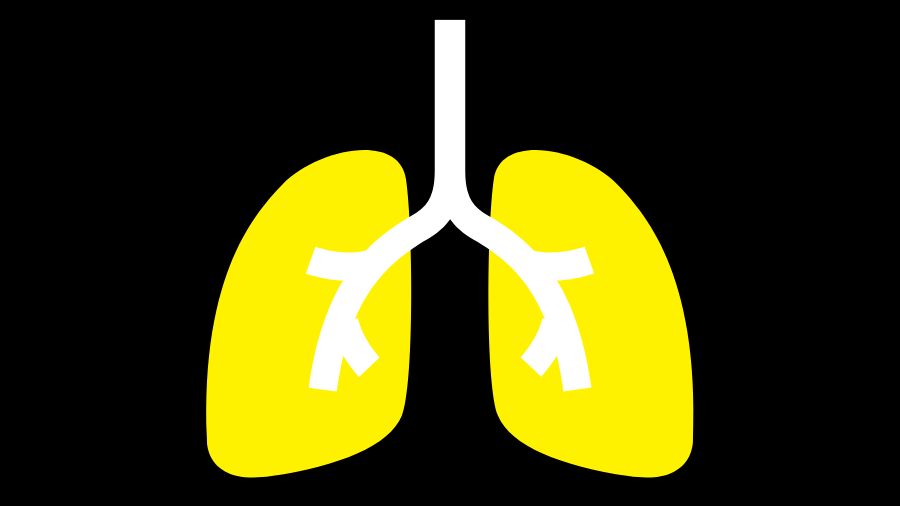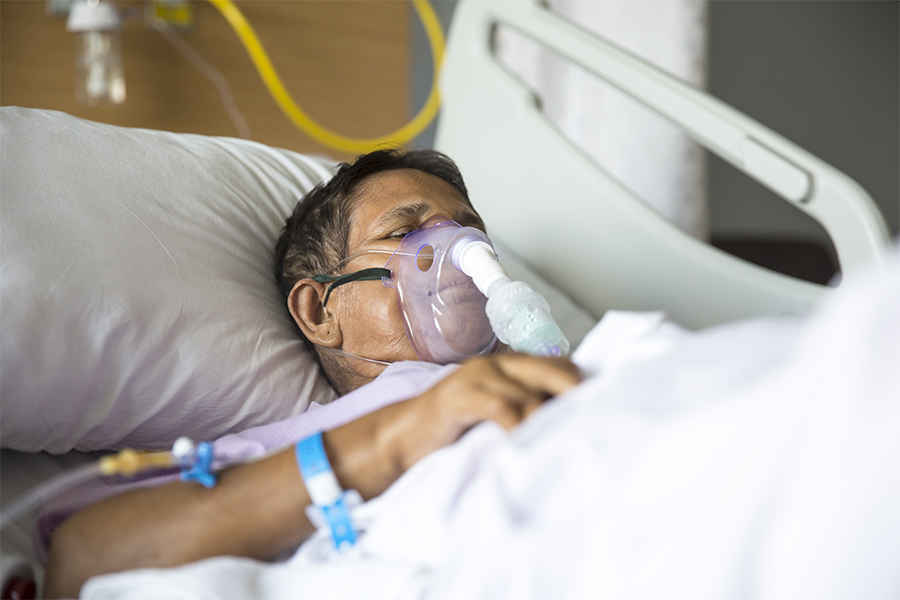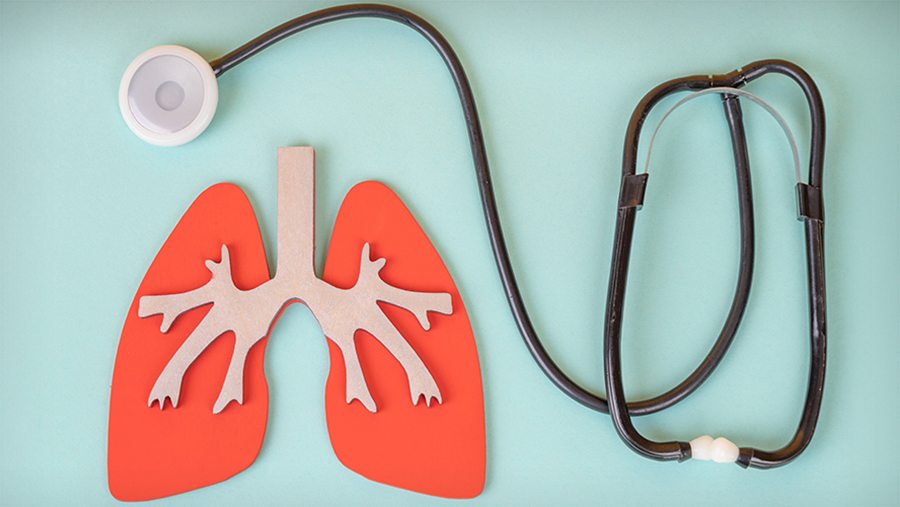
Pulmonary fibrosis is a rare chronic lung disease in which lung tissue becomes progressively damaged and scarred over time. This scarring causes lung function to worsen, making it harder to breathe and providing less oxygen to the body. Pulmonary fibrosis can be caused by certain factors like exposure to hazardous materials, but in more than half of cases – affecting an estimated 15,000 Canadians – the cause is unknown.
Once lung tissue is damaged, it can’t be repaired. Sadly, the majority of people with pulmonary fibrosis die from respiratory complications caused by the disease.
“Even though we have treatments, these treatments do not cure the disease – they slow progression,” says Dr. Shane Shapera, Director of the Interstitial Lung Disease Program at UHN. The only definitive treatment for people with end-stage disease is lung transplantation.

UHN is a leader in pulmonary fibrosis research and care
UHN is home to one of the largest interstitial lung disease (a group of lung diseases that includes pulmonary fibrosis) programs in Canada. As one of only two centres in Ontario with an interstitial lung disease program, UHN cares for patients from communities all across the province.
Research and care activities at UHN span the full spectrum of pulmonary fibrosis – from early symptomatic disease through to lung transplantation. As a centre of concentrated expertise, UHN’s researchers, clinicians and learners are dedicated to improving the standard of care for everyone living with pulmonary fibrosis, across Canada and around the world.
Much about pulmonary fibrosis remains poorly understood, including what drives progression and why it progresses more quickly in some people than in others. TeamUHN is dedicated to finding answers.
“Understanding underlying disease mechanisms and pathogenesis is critical to developing treatments. In pulmonary fibrosis, we now have some therapies that slow down fibrosis, but we don’t have a cure,” says Dr. Jolene Fisher, Research Director of the Interstitial Lung Disease Program at UHN. “The goal is really to cure pulmonary fibrosis, and we won’t be able to do that unless we understand what drives it.”

Powering a unique research network
To enable more impactful research, UHN and a network of other centres across the country have formed the Canadian Registry for Pulmonary Fibrosis (CARE-PF). CARE-PF is a network linking clinical researchers and providing them access to shared datasets.
The size and scale of UHN’s pulmonary fibrosis program is important for the success of CARE-PF and has helped to make it the largest multi-centered registry for patients with pulmonary fibrosis in the world. It is also the most productive, with high numbers of publications in many of the world’s top journals each year.
In the future, the UHN Interstitial Lung Diseases Program is planning to partner with the Lung Transplant Program’s tissue and blood biobank. It is hoped that this will harness the power of these two programs to expand the clinical data that currently exists to include blood and tissue samples.
This sort of collaboration is essential to making a real difference for people living with pulmonary fibrosis.
“When you have a rare disease, and especially when within that rare disease there are different subtypes, you really need to partner with other centres to have the number of patients necessary to do meaningful work,” says Dr. Fisher. “We can’t go at it alone. We need our national and international partners to move that needle.”
A biobank to support transformational pulmonary fibrosis research
A cornerstone of CARE-PF effort is the development of biobanks – libraries of samples from patients with pulmonary fibrosis for research use.
“One of the things we are trying to do with the biobank is understand what are the factors that are most likely to predict progression,” says Dr. Shapera. “We can learn more about the patient factors that might prompt us to treat earlier and more aggressively.”
Dr. Shapera explains that this could also allow patients at the lower risk of progression to benefit from less aggressive treatment strategies with fewer side effects. A major goal of this work is to develop more personalized treatment strategies, so each patient gets the best possible care for their unique needs.
With the extensive biobanking and data sharing being developed through CARE-PF, UHN researchers and their collaborators are driving new discoveries that could lead to new treatment options for everyone living with pulmonary fibrosis.
UHN and our community of donors are UHNITED to make transformative research like this possible.

No one ever changed the world on their own but when the bright minds at UHN work together with donors we can redefine the world of health care together.


